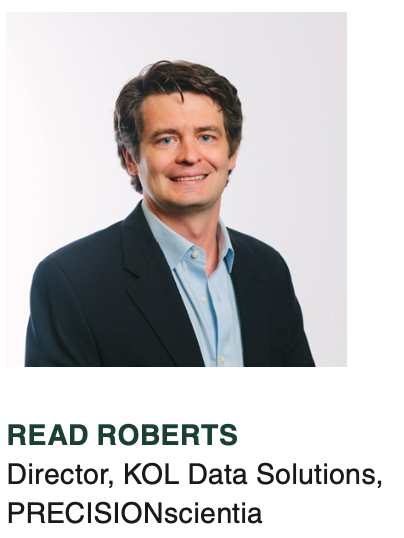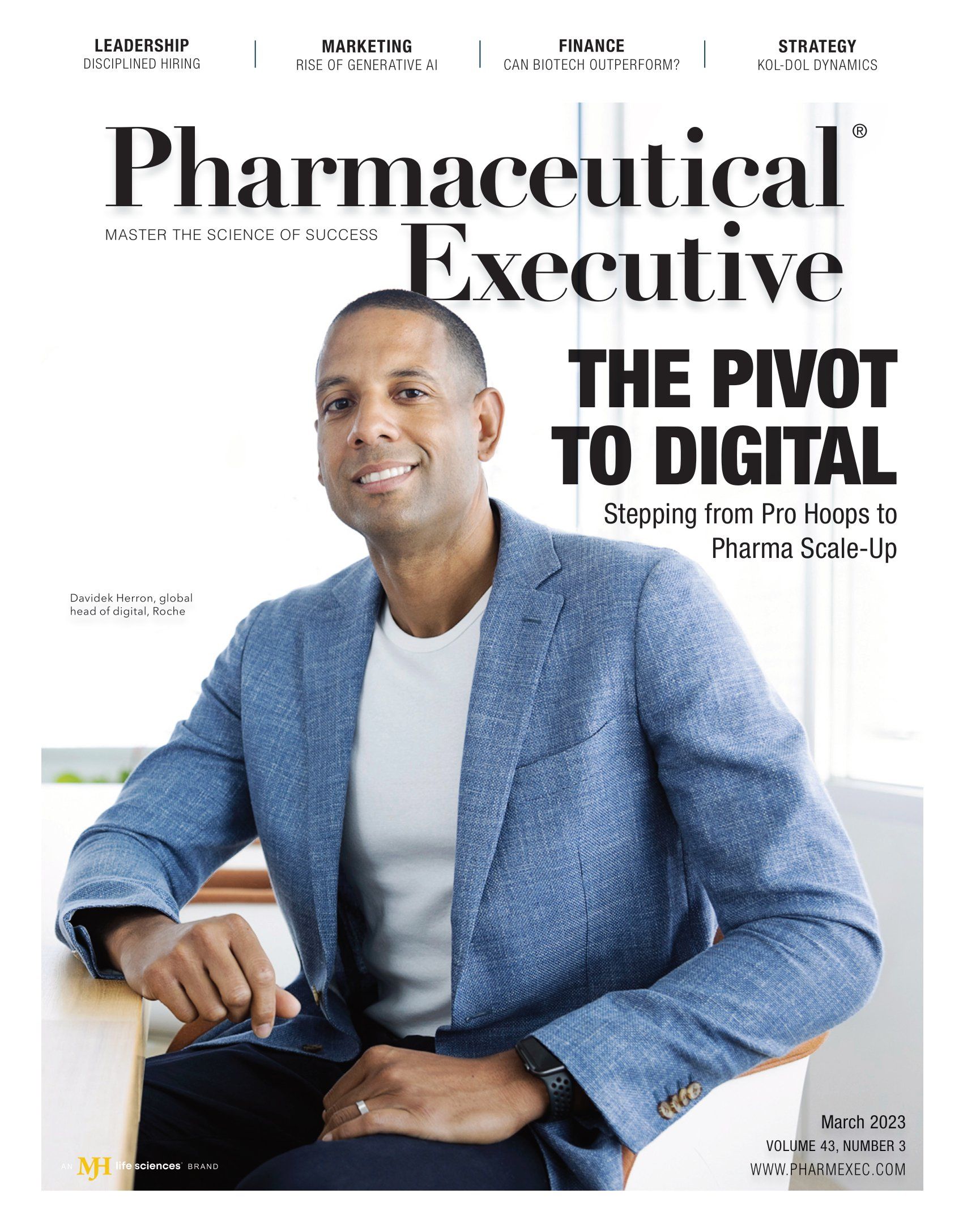Food for Thought: Make Room for Multiple Opinions
The rise of DOLs doesn’t mean pharma should upend KOL approach.

Key opinion leaders (KOLs) are essential for communicating the benefits of a product for the right patients, but the popularity of online platforms has
brought about a new breed of “influencers”—digital opinion leaders (DOLs). These respected experts wield substantial influence in their respective fields via digital channels, including social media, industry websites, blogs, and news outlets. These platforms serve as avenues for the exchange of ideas and opinions in ways never before possible.
With the influence of DOLs on the rise, clients are asking whether their strategies should focus specifically on DOLs. Should pharma target DOLs in place of KOLs? The industry should not do an aboutface in its opinion leader outreach—both groups are important. Although differences do exist between KOLs and DOLs, they share commonalities. And reaching both may be easier than you think.
Oftentimes, DOLs are younger healthcare professionals (HCPs) who do not yet have the experience and achievements that would traditionally qualify them as a KOL. Top leadership roles in key organizations and congresses, esteemed titles at university or academic centers, and first authorship on important papers are all credentials usually required of a KOL. A DOL may not have reached these levels but, regardless, shows authority in their area of expertise.
Unlike KOLs, DOLs may also be individuals other than HCPs, such as patients, patient advocates, and organizational leaders. Regardless of their background and experience, DOLs generate a large and loyal following by sharing their uniquely informed perspectives with eager audiences.
As important as KOLs are to a pharma company’s strategy, DOLs have a leg up on disseminating scientific information. The open nature of social networks allows messaging from online experts to reach audiences far exceeding those of KOLs, whose main communication channels are conferences and published articles. Most DOLs will reach an HCP audience the size of a major medical congress daily as their posts and discussions are
spread among followers.
DOLs also engage with their audience differently. Offline communication tends to be advantageous for informing and announcing, but it lacks the ability to encourage ongoing engagement and interaction. DOLs create discussions and invite their audience to participate. They are more likely to challenge existing assumptions and present themselves as leaders in the community rather than authority figures.
Despite the differences between these two types of experts, we encourage our clients to think of KOLs and DOLs similarly when devising their strategy. For one, highly regarded KOLs who become influencers both offline and online are becoming increasingly common. In recent projects for our clients, we’ve found that more than 40% of DOLs can also be considered KOLs. In many cases, these are highly regarded experts who have been recognized
as thought leaders for years and have recently established an active online presence.
Engagement strategies for both groups should also be thought of similarly. As with KOLs, DOLs are real people who engage in the community. They, too, can be open to hearing from representatives of pharmaceutical companies to learn about the latest developments and advancements in their field—information that they then can share with their followers online.
The lines between KOLs and DOLs will likely blur nearly completely over this next decade. Although currently DOLs make up only a segment of opinion leaders, with some overlap with KOLs, the HCP landscape is evolving. We predict that younger online thought leaders will begin to be universally recognized as leaders and achieve leadership roles, qualifying them as KOLs, and maintaining some level of online presence will become expected. Over time, more DOLs will rise to prominence as KOLs, and an increasing number of KOLs will develop digital savviness.
Thought leaders and influencers are making their mark on the digital landscape. Pharma must evolve and adapt its strategies accordingly to inform the important conversations happening there.

Addressing Disparities in Psoriasis Trials: Takeda's Strategies for Inclusivity in Clinical Research
April 14th 2025LaShell Robinson, Head of Global Feasibility and Trial Equity at Takeda, speaks about the company's strategies to engage patients in underrepresented populations in its phase III psoriasis trials.
Beyond the Prescription: Pharma's Role in Digital Health Conversations
April 1st 2025Join us for an insightful conversation with Jennifer Harakal, Head of Regulatory Affairs at Canopy Life Sciences, as we unpack the evolving intersection of social media and healthcare decisions. Discover how pharmaceutical companies can navigate regulatory challenges while meaningfully engaging with consumers in digital spaces. Jennifer shares expert strategies for responsible marketing, working with influencers, and creating educational content that bridges the gap between patients and healthcare providers. A must-listen for pharma marketers looking to build trust and compliance in today's social media landscape.
Pfizer, GSK Gain ACIP Recommendations for RSV and Meningococcal Vaccines
April 18th 2025The Centers for Disease Control and Prevention’s Advisory Committee on Immunization Practices voted to expand access to Pfizer’s respiratory syncytial virus vaccine Abrysvo for high-risk adults in their 50s and voted in favor of GSK’s meningococcal vaccine, Penmenvy, for streamlined adolescent protection.